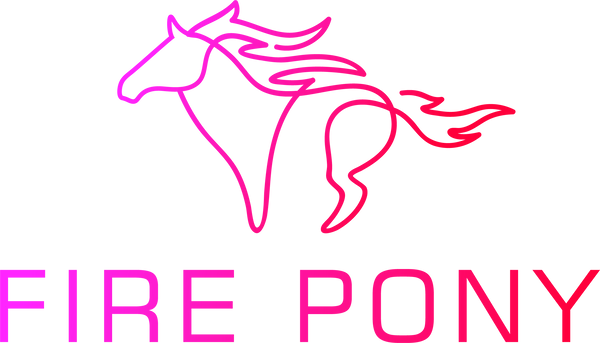Imagine walking into a bar in the 1970s. Nobody introduces themselves directly, nobody asks out loud. But one small detail — a colored handkerchief in a pocket — was enough to understand what the person across from you wanted. This was the Hanky Code: a secret language of colors that helped gay men find each other in dangerous times.

The Hanky Code was born in the United States during the sexual revolution. At that time, openly declaring your homosexuality was dangerous: you could lose your job, end up in jail, or even become a victim of violence. So gay men invented a way to communicate through clothing.

The Hanky Code was not just a single signal — it was a whole visual language. Each color represented a different interest, and even the way you wore the handkerchief — left or right side — added meaning: the left pocket meant “I’m active,” the right pocket meant “I’m passive.”. Over time, the palette expanded so much that it included dozens of shades and interpretations. This created a kind of secret dictionary, which only insiders could understand.
The beauty of the code was its flexibility: in one bar, a certain color might mean one thing, while in another it could mean something completely different. It was a playful, constantly evolving language of identity and desire — hidden in plain sight.


Colors as identity markers
🟣 Rainbow Flag
In 1978, artist Gilbert Baker created the rainbow flag, which became the main symbol of the LGBTQ+ community. Each stripe had its own meaning:
pink — sex
red — life,
orange — healing,
yellow — sunlight,
green — nature,
blue — harmony,
purple — spirit.
This flag was the opposite of secret codes — it symbolized openness and pride.

⚫ Black — the Leather Community
In the 1980s and 1990s, black became the marker of BDSM and leather culture. It stood for power, strength, and control. Black jackets, pants, and accessories became the visual code of a whole subculture.

💗 Pastel Shades — Femboy Aesthetic
Later, soft pastel colors became associated with femboy imagery. Pink, lavender, or baby blue came to symbolize tenderness, sensitivity, and a move away from traditional notions of masculinity.

Why Colors Mattered
Safe Communication.
When homosexuality was criminalized, color could send a message to insiders while remaining invisible to outsiders.
Self-Expression.
Color became part of identity. It was a choice: to show which culture or style you belonged to.
Aesthetics and Eroticism.
Colors created an atmosphere of desire. They worked as visual codes of fantasies and fetishes.
The Meaning Today
Today the Hanky Code is used less often, as gay culture has become more open. But the symbolism of colors hasn’t disappeared. In fetish clubs, you can still see people with handkerchiefs or accessories in certain colors. In fashion, colors remain a powerful signal: black means strength, pink means softness, and the rainbow flag means pride.
On the internet, colors have their own life too — they transform into memes, style markers, or indicators of fetishes.

FirePony works with those same codes — only in a modern, fashion-forward form. Our collections play with colors and textures, turning them into a language of desire. Because colors are always more than just colors.


